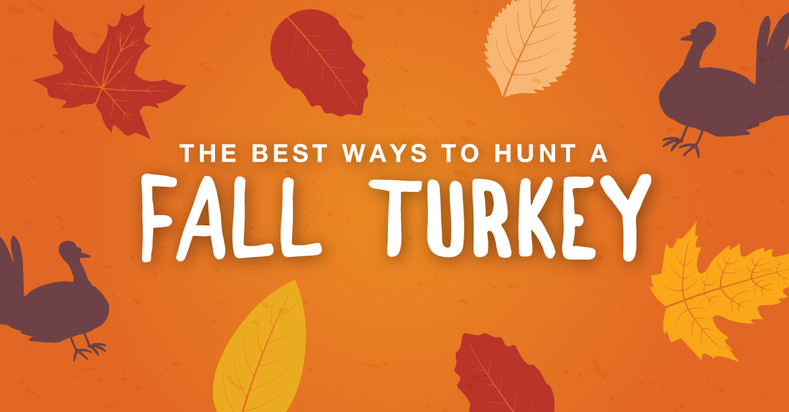The Best Ways to Hunt a Fall Turkey

Fall turkey hunting has been a longstanding tradition for many hunters, but it can be more challenging than hunting the birds in the spring. If you want to bring home a turkey for your holiday dinner, here are some tips for your best chance at success.
Provoke a gobbler with your call
After you break up a flock, kee kees are your go-to call. This high-pitched whistle should get a reply from at least one. The call can also be used to locate a bird. Calling can be effective in drawing a bird toward you.
Locating turkeys

Turkeys are harder to locate in the fall than in the spring. Before the first hard frost of the year, turkeys feed on leafy greens and grasshoppers in fields. Look for turkeys in open areas before harvest, after harvest look in corn, wheat and bean fields. Turkeys change roosts during the fall according to where they find food. You may find a roost tree through piled feathers and droppings. You can also sit on a high spot during a calm evening and listen for their wings to carry them into the air.
Start early
Wild turkeys are usually out when the sun comes up and roam for the day before roosting prior to dusk. Unless you are certain where a flock will be spending its day, its best to start early. Fall turkeys tend to be more vocal as they prepare to leave the limb for the day. They are even more vocal as they reach the ground. Being there when this takes place is a great way for you to pinpoint their location early on.
Be invisible
Turkeys have surprisingly good eyesight. Wear camouflage and camouflage your gun so you remain out of sight. Turkeys will easily spot you if you are not careful. When you are searching for turkeys, don’t make any unnecessary loud noises that would draw their attention to you.
Use a stand if you have one
Use your call from the treestand to attract turkeys to your area. It may be easier for you to get a shot off from up in the stand if you are able to get a turkey to come.
Fall turkey hunting can be successful with the right preparation. The extra work will be worth it when you have a bird to take home for your Thanksgiving or Christmas dinner.
Sources: Wide Open Spaces, NRA.org, LiveOutdoors.com

